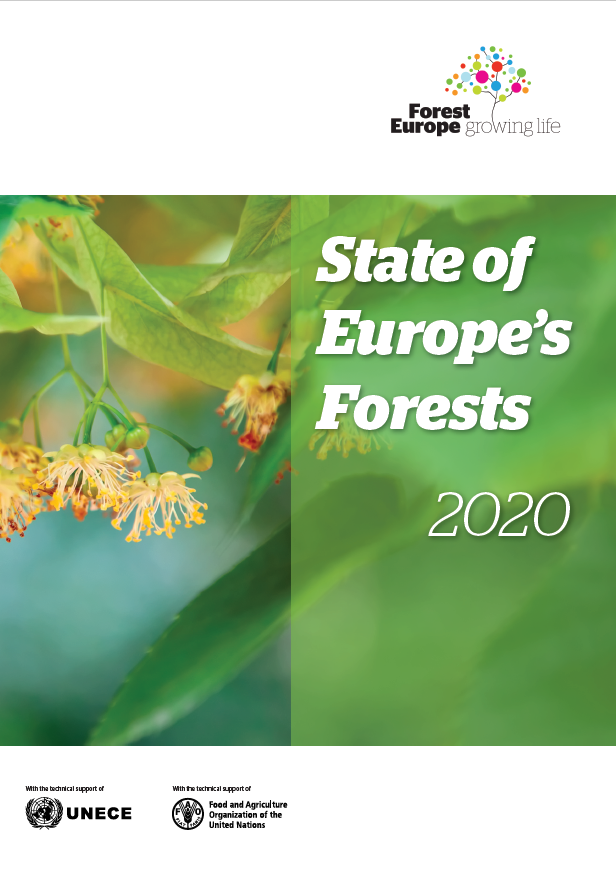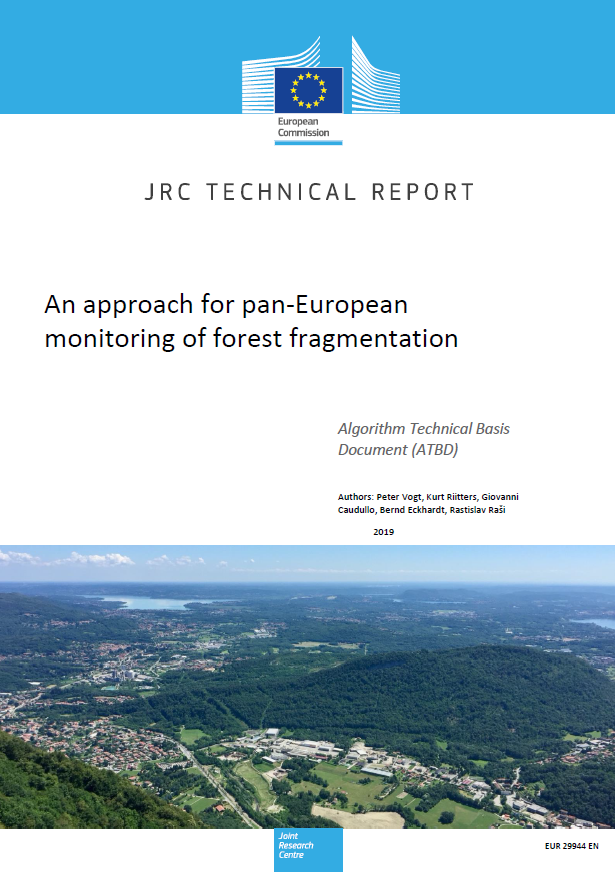
Published last December, the 2020 edition of The State of Europe’s Forests (SoEF 2020) is a comprehensive summary on a multitude of forest aspects in the pan-European region. While the overall situation is stable, threats to forest health and economic sustainability remain high.
According to the report - produced by Forest Europe, with technical input from the UNECE, the FAO and the JRC – the European forest area increased by 9% over the past 30 years and, with 227 million hectares, now covers more than one-third of Europe’s land surface.
But who is Forest Europe? Forest Europe is the brand name of the Ministerial Conference on the Protection of Forests in Europe, which develops common strategies for its 47 signatories (46 European countries and the European Union) on how to protect and sustainably manage their forests. Since 1990, periodic meetings of the ministers responsible for forests in Europe result in the definition of a political framework for sustainable forest management, which is detailed in agreed guidelines, criteria and indicators.
Multi-functionality of European forests
Sustainable management of forests is central to the Forest Europe process. There are a multitude of benefits arising from a functional forest ecosystem, including providing habitat for most land-based plant and animal species, biodiversity conservation, safeguarding water and clean air supply, carbon storage, combating climate change, employment in the forestry and wood processing industry, tourism and recreation, to name a few.
The SoEF 2020 report is the result of the best available information and the work of over 100 national experts and scientists contributing to an international framework of sustainable forest management in continental Europe.
JRC report on European forest fragmentation

Forest fragmentation – the proportion of continuous forest cover versus separated forest patches – has a big impact on biodiversity, habitat quality and ecosystem integrity. The transition to an increased share of isolated, small forest fragments often has a negative impact on habitat suitability, ecosystem health and the provision of ecosystem services in general.
Moreover, forest fragmentation may have an impact on species movement, invasive alien species, fire risk and many other aspects of forest management.
Acknowledging the importance of monitoring and assessing the degree of forest fragmentation, Forest Europe recommended that a dedicated indicator on forest fragmentation be set up.
At the request of Forest Europe, the JRC conducted a pan-European spatial analysis of the degree of forest fragmentation. Identifying areas where forest is continuous and delineating fragmentation hotspots, this analysis highlighted an increased presence of isolated, small forest patches.
The JRC reporting scheme was discussed, evaluated and approved by a Forest Europe Expert Group in a dedicated Pilot Study.
The JRC fragmentation analysis - indicator 4.7 in the SoEF 2020 report - shows a relatively constant degree of forest fragmentation by country over the assessment period from 2000 to 2018. The UK, Ireland, Iceland and Denmark were found to have the highest proportion (> 30%) of isolated forest fragments. Lowest proportion of fragmentation (~ 1%) is found in Finland and Sweden, while the EU average is around 8%. The highest fragmentation increase was found for Spain, which grew from 9.7% in 2000 to 12.9% in 2018.
The fragmentation analysis is complemented by a forest patch size class comparison, which confirms that the increase in small fragmented forest patches is predominantly prevalent in south western Europe.
The methodology used to analyse the data is described in a JRC Technical Report on forest fragmentation.
Need for conservation and restoration
The SoEF 2020 report highlights the need for a cross-sectoral, integrated approach to conserving and managing forests, and greater coordination of efforts to restore forests.
Over the past 20 years, the area of forests designated for biodiversity conservation increased by about 65%, and protected forests now account for almost a quarter of the total pan-European forest area.
While the increase in growing stock is seen as a positive development, global warming and the ever-increasing human pressure led to augmented damage of European forests, including defoliation, wind and insect outbreaks, and a wider occurrence of forest fires.
With a trade surplus of €5,500 million, Europe is a net exporter of primary wood and paper products. But forests are also an important source of non-wood goods, such as food and materials, valued at €4,000 million in 2015. Social services predominate among the marketed services of European forest, valued at €500 million, which could benefit from further development. Forests also play an important role in the energy sector, where renewable energy from wood covers about 6.4% of total energy consumption in the EU.
Forest fragmentation, resulting from anthropogenic land use, has been established as a Sustainable Development Goal (SDG) indicator for SDG 15 “Life on Land”, to help locate and measure various degrees of forest fragmentation at global scale.
Monitoring the intactness of and connectivity between (protected) forest areas is therefore crucial for sustainable development, particularly in the context of the European Green Deal.
Further information
- State of the Europe's Forests 2020
- Summary for Policy Makers
- An approach for pan-European monitoring of forest fragmentation
- Pilot Study - Forest Fragmentation Indicator
- European Green Deal
Related Content
State of the Europe's Forests 2020
An approach for pan-European monitoring of forest fragmentation
Details
- Publication date
- 14 January 2021
